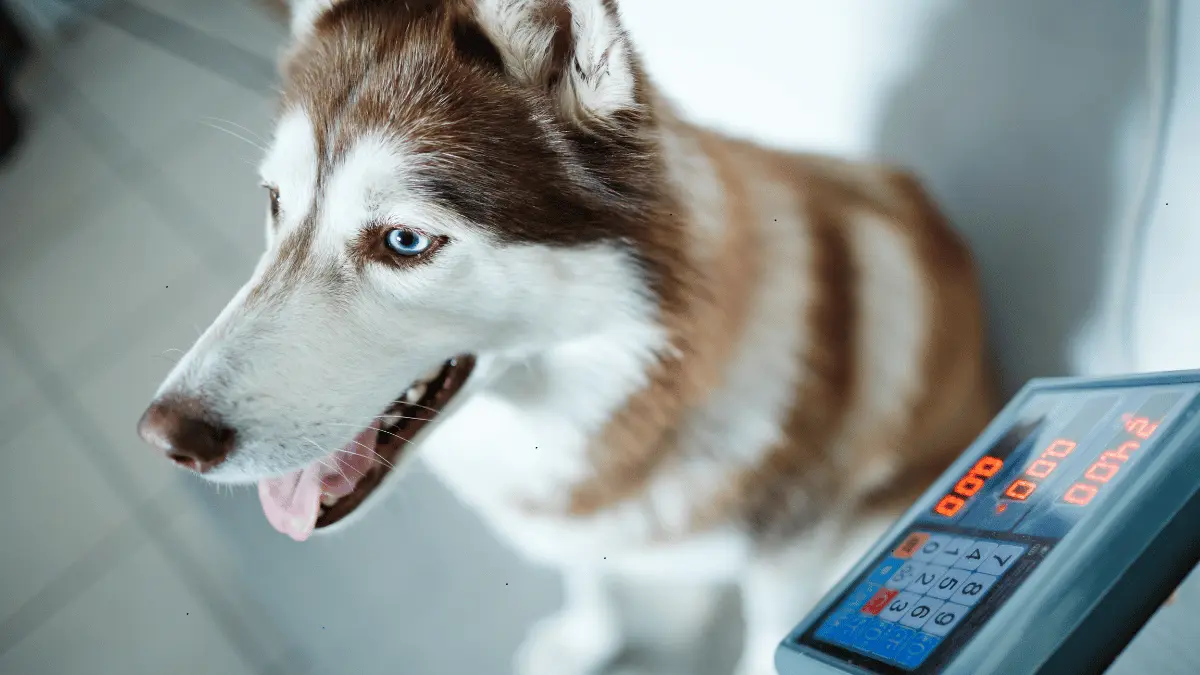All You Need To Know About Allergic Shock In Dogs
Allergic shock, also known as anaphylaxis, is a severe allergic reaction that can be life-threatening in dogs. It occurs when the immune system overreacts to a substance, releasing chemicals that cause a rapid drop in blood pressure and difficulty breathing. While rare, it’s crucial to understand the signs, causes, and treatment of allergic shock in dogs to ensure prompt medical attention and prevent tragic outcomes.
Signs of Allergic Shock in Dogs
Recognizing the early signs of allergic shock is essential for immediate action. Look for the following symptoms:
- Difficulty breathing: Wheezing, rapid breathing, or labored respiration
- Vomiting and diarrhea: Sudden onset of gastrointestinal distress
- Collapse: Weakness, lethargy, or loss of consciousness
- Swollen face or muzzle: Swelling around the eyes, nose, or mouth
- Hives or welts: Skin rashes or bumps
- Pale gums: A sign of poor blood circulation
Common Causes of Allergic Shock in Dogs
Allergic shock can be triggered by various substances, including:
- Food: Certain ingredients, such as beef, chicken, dairy, or wheat, can cause severe allergic reactions in dogs.
- Medications: Some medications, like antibiotics or flea preventatives, can trigger allergic responses.
- Insect stings: Bee, wasp, or hornet stings can cause anaphylaxis in dogs, especially those with a history of allergies.
- Environmental allergens: Pollen, dust mites, and mold can also contribute to allergic reactions.
Treatment for Allergic Shock
If you suspect your dog is experiencing allergic shock, seek veterinary attention immediately. Prompt treatment is essential to prevent life-threatening complications. The veterinarian may administer the following:
- Epinephrine: A medication that helps reverse the effects of the allergic reaction.
- Fluids: To help stabilize blood pressure and improve circulation.
- Antihistamines: To reduce the body’s allergic response.
- Oxygen therapy: To assist with breathing.
Prevention of Allergic Shock
While it may not always be possible to prevent allergic shock, taking proactive steps can help reduce the risk:
- Identify allergens: Work with your veterinarian to determine if your dog has any known allergies.
- Avoid triggers: Once you identify allergens, take steps to avoid exposing your dog to them.
- Regular check-ups: Schedule regular veterinary appointments to monitor your dog’s health and discuss any potential allergy concerns.
- Emergency preparedness: Have a plan in place in case of an allergic reaction, including the contact information for your veterinarian and an emergency pet hospital.
Keywords: allergic shock in dogs, anaphylaxis, dog allergies, treatment for allergic shock, preventing allergic shock, signs of allergic shock, dog food allergies, insect stings, dog medication allergies, environmental allergens














